13 Rare and Unique Stamps Every Collector Should Know About
Stamp collecting is a fascinating hobby that brings together history, art, and the thrill of discovery. Some stamps are more than just pieces of paper; they represent rare moments in time or printing errors that make them highly valuable. For collectors, certain stamps stand out due to their rarity and unique characteristics. Whether it’s an error in printing or a stamp from a pivotal historical moment, these rare finds are coveted by philatelists around the world. Understanding the significance of these stamps is key to appreciating their value.
This post may contain affiliate links, which helps keep this content free. Please read our disclosure for more info.
British Guiana 1c Magenta
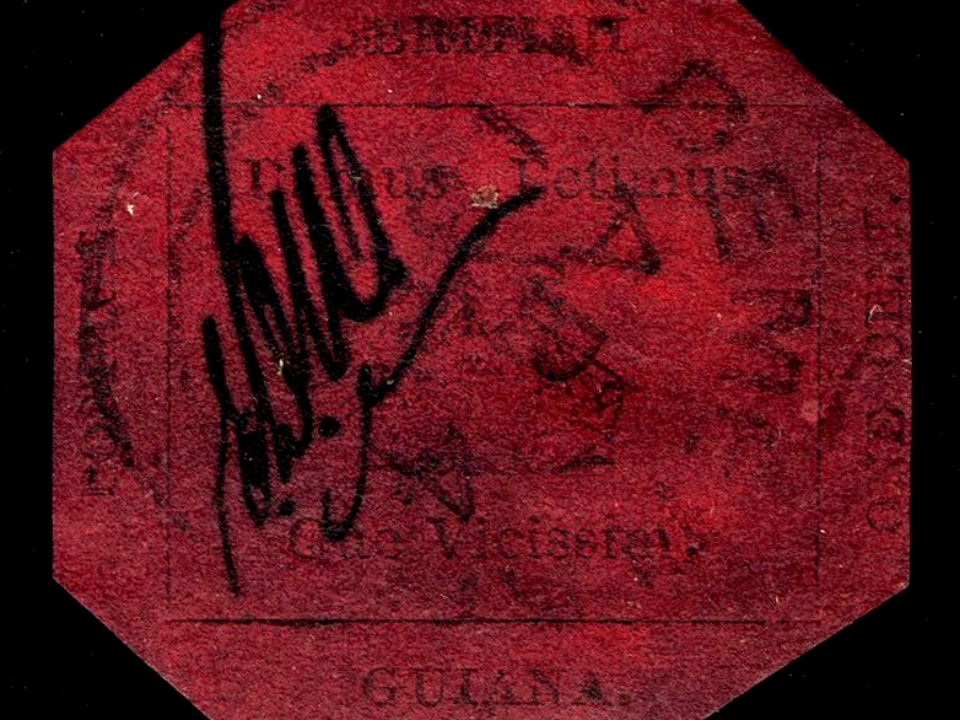
The British Guiana 1c Magenta, issued in 1856, is considered the rarest stamp in the world. It was created when the local post office ran out of regular stamps and printed the 1-cent postage with a simple design featuring a sailing ship. This single example is the only one known to exist, making it highly coveted. Its rarity, historical significance, and simple yet striking design contribute to its value.
In 2014, the British Guiana 1c Magenta was sold at auction for a record-breaking $8.3 million, setting the world record for the most expensive stamp ever sold at auction. The rarity of this stamp, along with its significance in the history of postage, makes it a must-have for serious collectors.
Treskilling Yellow
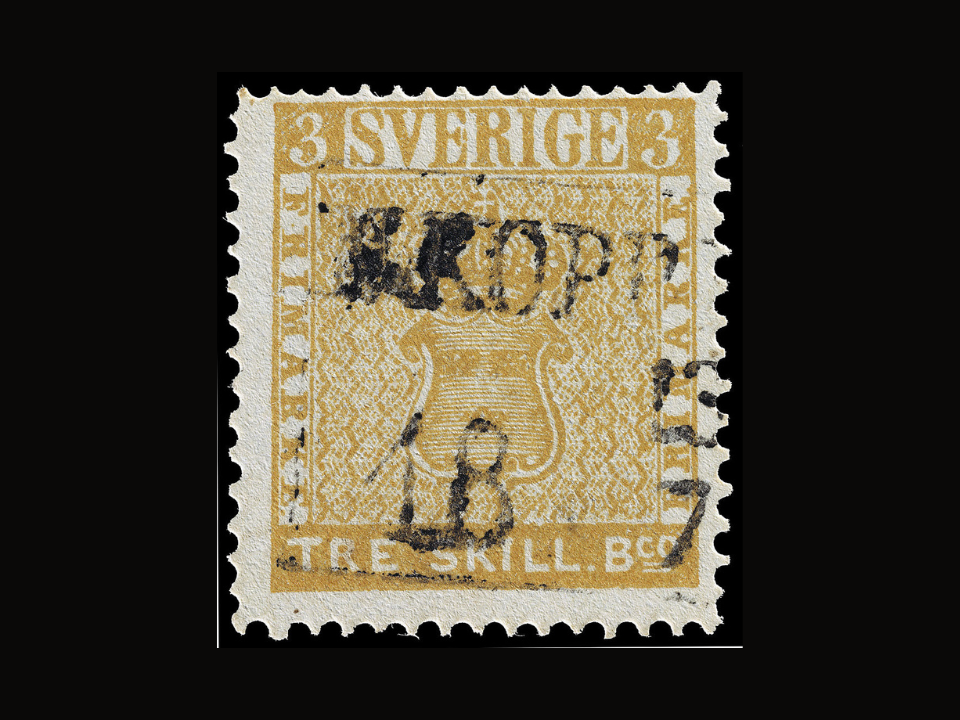
The Treskilling Yellow is a famous error stamp from Sweden, issued in 1855. It was meant to be green but was printed in yellow due to a printing mistake. Only one known copy exists, making it one of the rarest stamps in the world. The stamp is marked with the Swedish Coat of Arms, and its color variation makes it highly valuable.
In 1996, the Treskilling Yellow was sold for 2.88 million Swiss francs (approximately $2.3 million at the time). Its unique error and scarcity make it a highly sought-after item in the world of stamp collecting.
Inverted Jenny
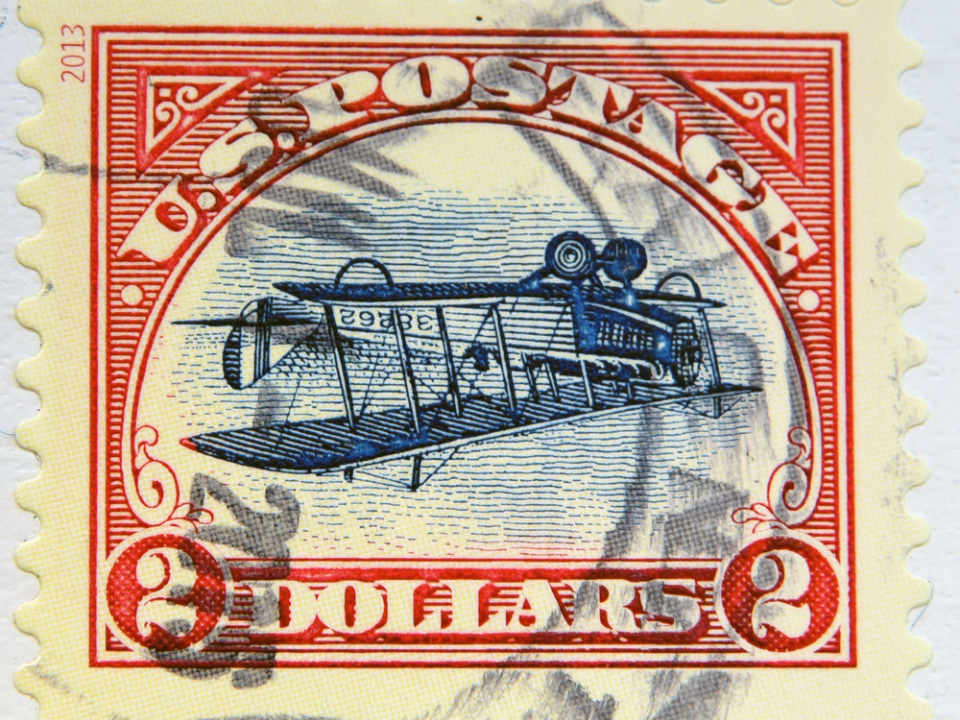
The Inverted Jenny is one of the most famous stamp errors in U.S. philatelic history. Issued in 1918, it features an image of a Curtiss JN-4 airplane, but the airplane is upside down due to a printing mistake. Only 100 of these inverted stamps were produced, and fewer than 30 remain in existence.
The Inverted Jenny’s value skyrocketed when it was sold at auction in 2018 for $2.6 million. Its rarity and the iconic upside-down airplane design make it one of the most valuable and famous stamps in the world.
Penny Black
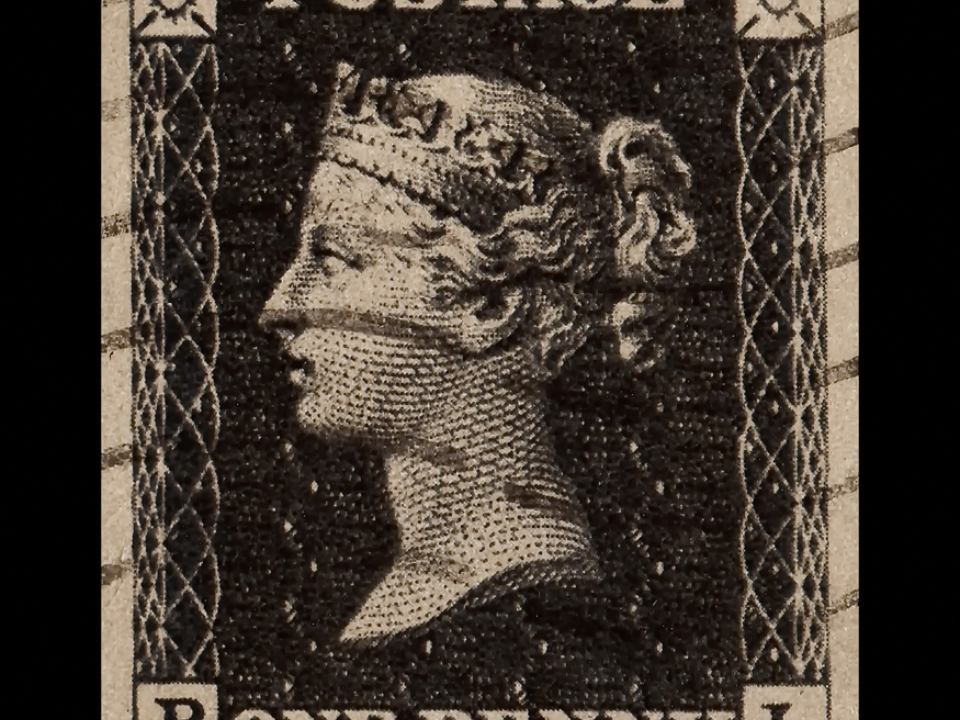
The Penny Black, issued in 1840, is considered the world’s first postage stamp. It features a portrait of Queen Victoria and was used for standard letter mail in the UK. Its black color, however, made it difficult to distinguish the postmark, leading to the introduction of the Penny Red shortly after. The Penny Black remains one of the most important stamps in postal history.
In 2019, a well-preserved Penny Black was sold for $45,000 at auction. Its historical significance, combined with its limited availability in pristine condition, makes it a highly prized stamp for collectors.
Hawaiian Missionaries
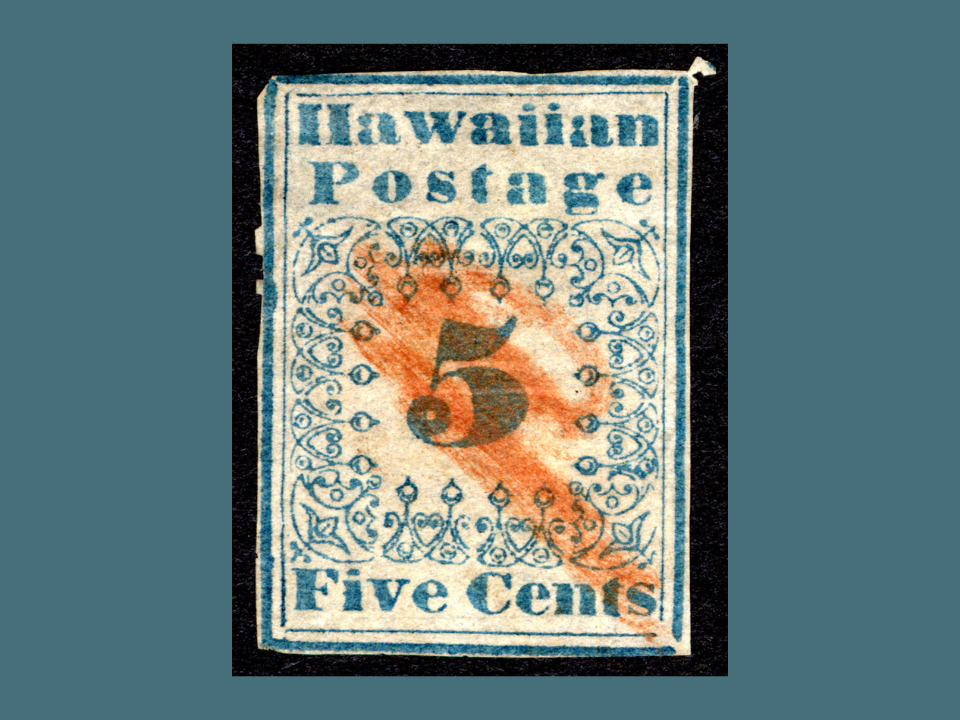
The Hawaiian Missionaries are stamps issued in 1851 for use in the Hawaiian Islands. They feature the words “Hawaiian Postage” and the denomination, with a design printed using basic methods. Only a small number of these stamps exist, and most are heavily used, making them rare and highly collectible.
In 2021, an unused 5-cent blue Hawaiian Missionary stamp sold for $32,500. Their historical importance and scarcity ensure they remain a key item for collectors of early U.S. and Hawaiian postal history.
Mauritius “Post Office” Stamps
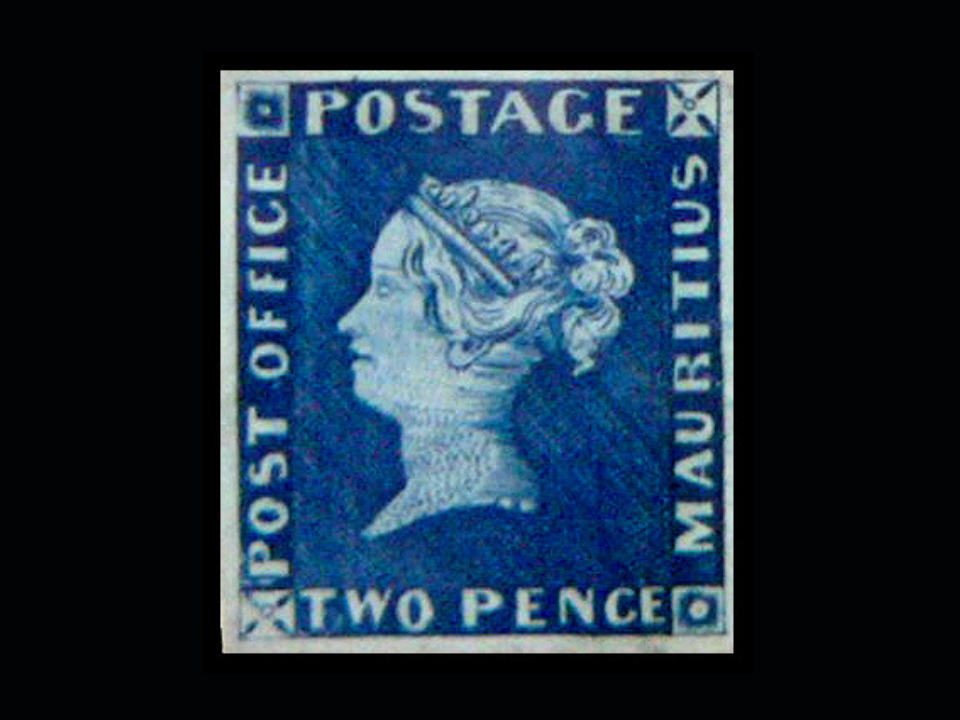
The Mauritius “Post Office” stamps were issued in 1847, making them some of the earliest stamps produced outside of Great Britain. These stamps feature the words “Post Office” and were intended for use on letters sent between Mauritius and Britain. Only a small number of these stamps were produced, and even fewer have survived in good condition.
In 2021, one of these stamps was sold for 11 million euros (approximately $13 million), making it the most expensive philatelic item ever sold at auction. Its rarity and historical value make it a symbol of rarity in the stamp world.
Black Empress of Canada
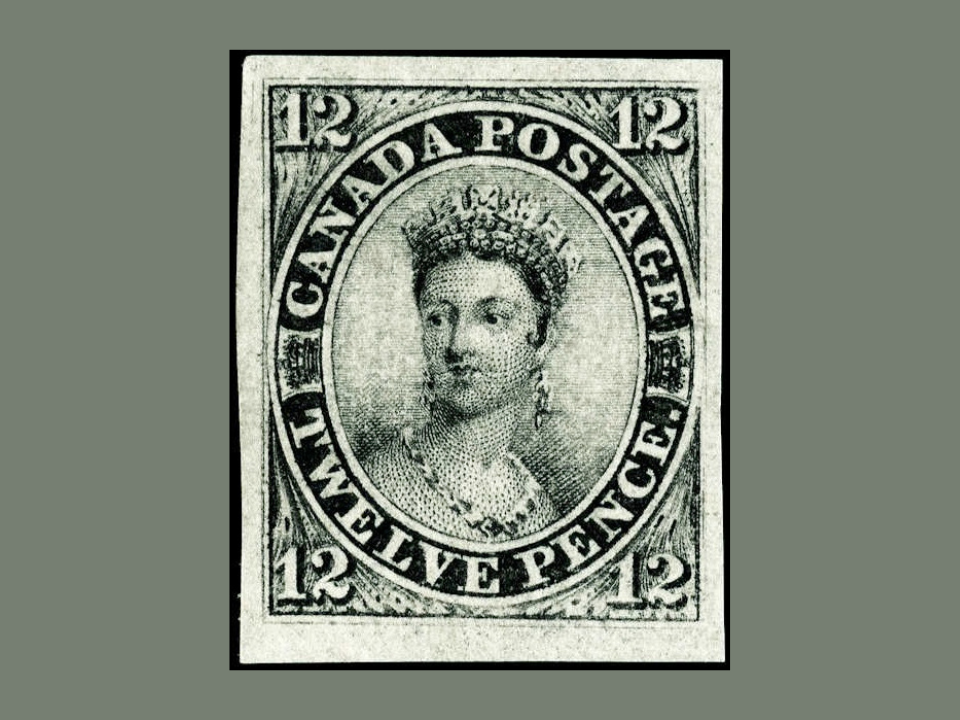
The Black Empress of Canada is a 12-pence stamp issued in 1851, featuring a portrait of Queen Victoria. It is one of the rarest Canadian stamps, with very few surviving examples in good condition. The stamp’s historical importance and limited print run contribute to its high value.
In 2011, a mint condition Black Empress was sold at auction for $425,000. Its rarity, combined with its significance in Canadian postal history, makes it a highly sought-after item among collectors.
Chinese “Large Dragons”
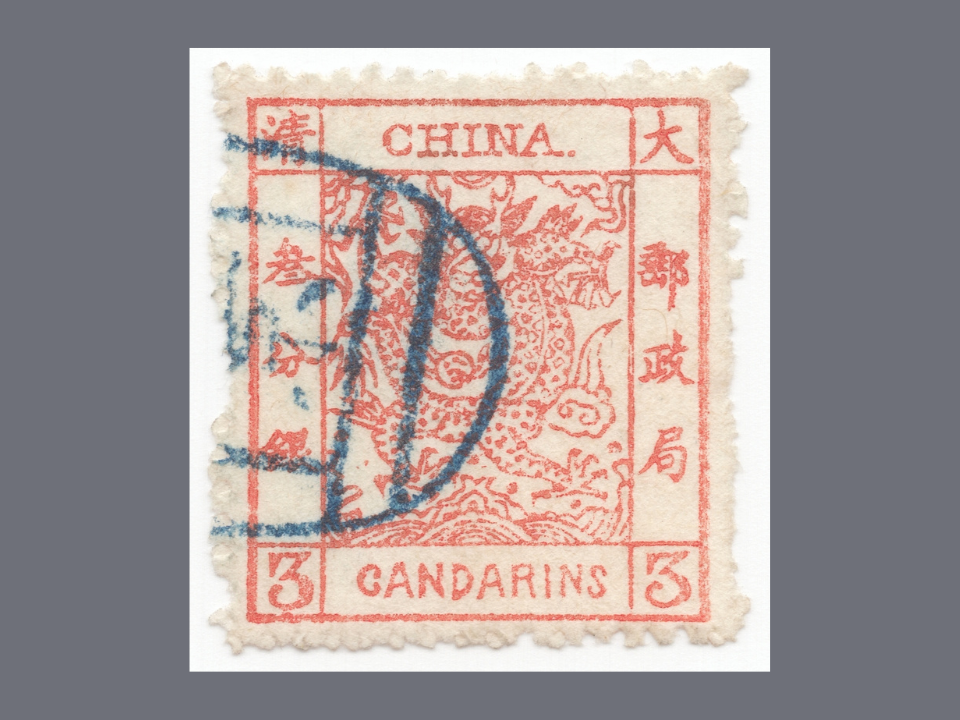
The Chinese “Large Dragons” were issued in 1878 by the Imperial Maritime Customs Service. These stamps feature a detailed dragon design, an important cultural symbol in China. Only a small number of these stamps were produced, making them highly collectible.
Fine mint examples of the 3-candarin red Large Dragon stamp have been known to sell for around $375. These stamps are highly valued for their cultural significance and limited print run, making them a prized possession for collectors of Chinese stamps.
1933 Chicago World’s Fair Stamp
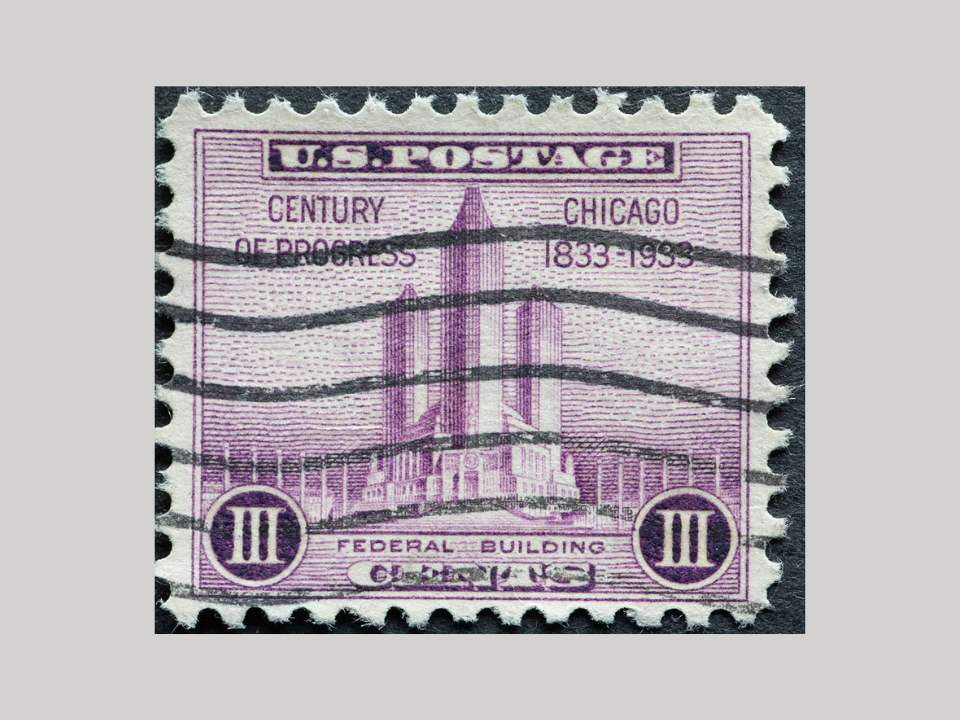
The 1933 Chicago World’s Fair Stamp was issued to commemorate the Century of Progress Exposition held in Chicago. The stamp depicts the fair’s iconic dome, showcasing the futuristic themes of the event. The stamp’s print run was limited due to the event’s timing during the Great Depression, making surviving examples rare.
In 2016, a mint condition 1933 Chicago World’s Fair Stamp sold for $2.6 million. Its rarity, combined with its historical connection to the Chicago World’s Fair, makes it one of the most valuable U.S. commemorative stamps.
Penny Red
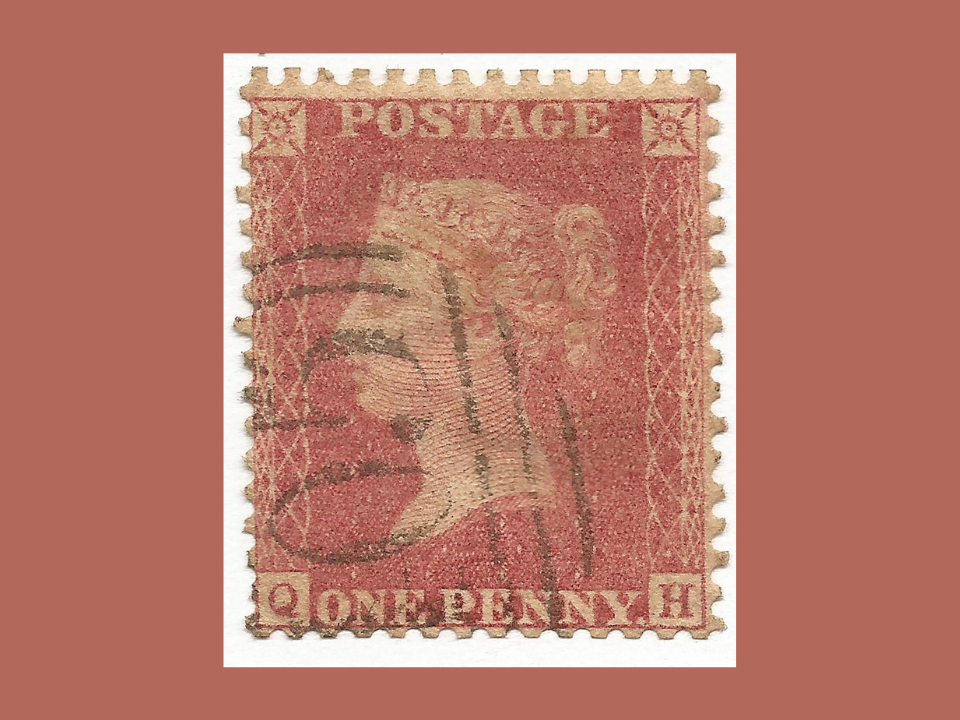
The Penny Red, issued in 1841, replaced the Penny Black and features the same portrait of Queen Victoria but in red ink. The Penny Red was introduced to improve readability, and it became one of the most widely used stamps in the UK. Though not as rare as some other stamps, its historical value makes it highly prized.
In 2024, a rare example of the Penny Red from plate 77 was listed for £650,000 (approximately $850,000). Its unique color and historical importance ensure its continued popularity among collectors of early British stamps.
Cape of Good Hope Triangular
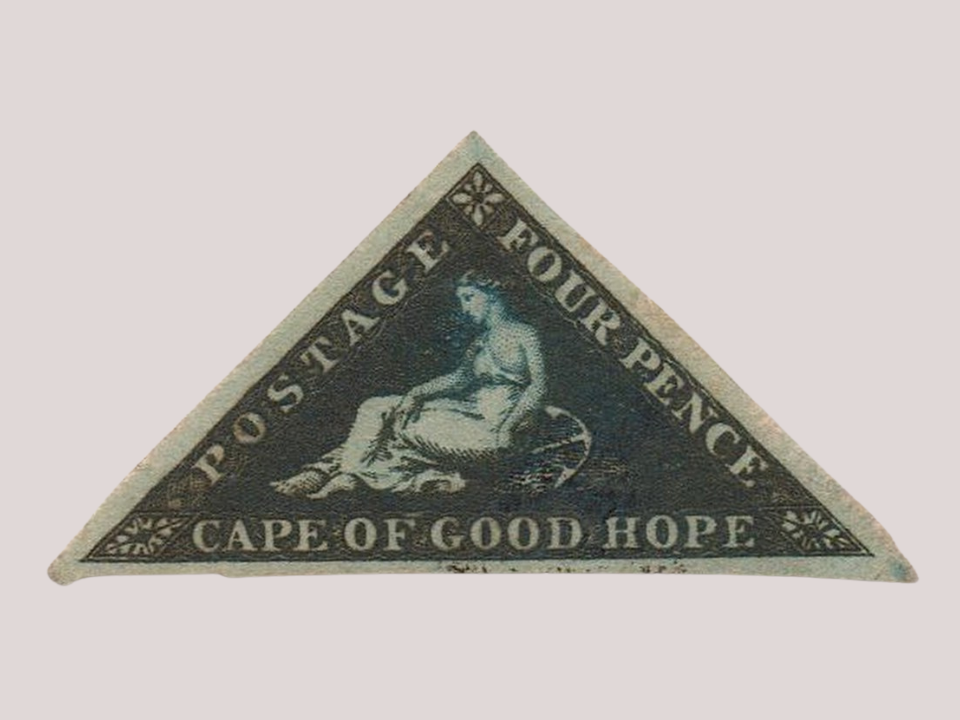
The Cape of Good Hope Triangular stamp is a unique triangular-shaped stamp issued in 1853. It was used for postal services in the Cape of Good Hope, a British colony in what is now South Africa. The stamp’s distinct shape and limited distribution make it one of the most iconic stamps in philatelic history.
In 2011, a mint condition example was sold for $1.2 million. The rarity and distinctive design of the Cape of Good Hope Triangular ensure that it remains a prized item in the world of stamp collecting.
The 1913 Panama-Pacific Exposition Issue
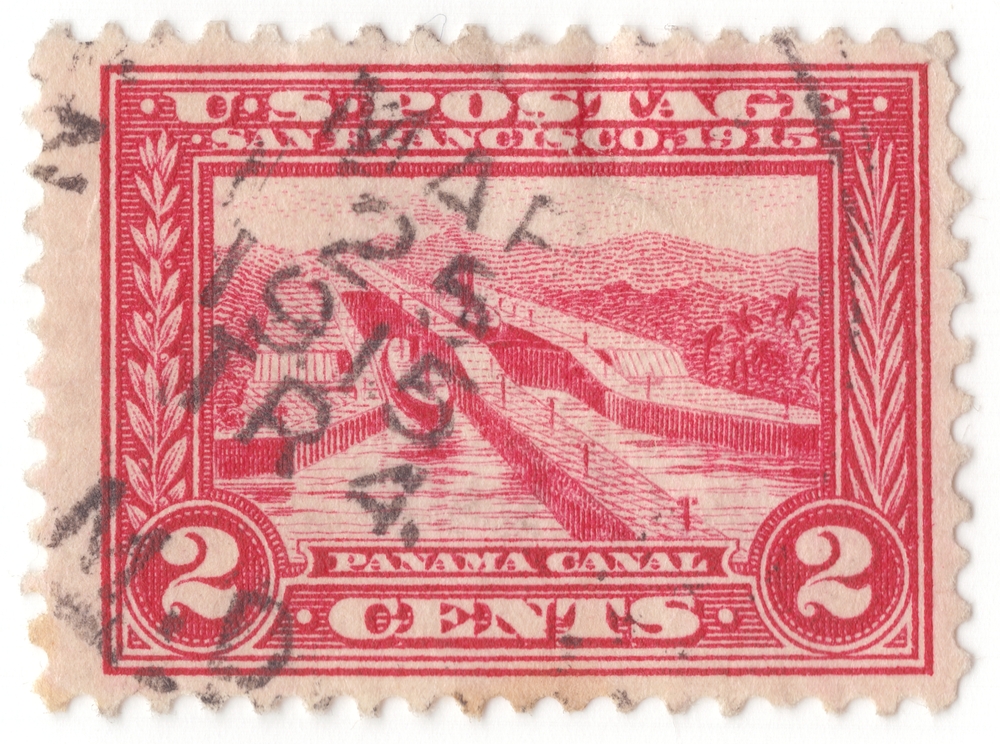
The 1913 Panama-Pacific Exposition stamps were issued to commemorate the opening of the Panama Canal. The stamps feature intricate designs celebrating the engineering marvel and the event itself. Due to the event’s importance in global trade and history, these stamps remain highly collectible.
One of the rarest stamps from this series, the $5 value, was sold for over $300,000 in 2016. Its connection to the Panama Canal and the historical significance of the exposition contribute to its high market value.
1851 “One-Cent Blue” Franklin Stamp
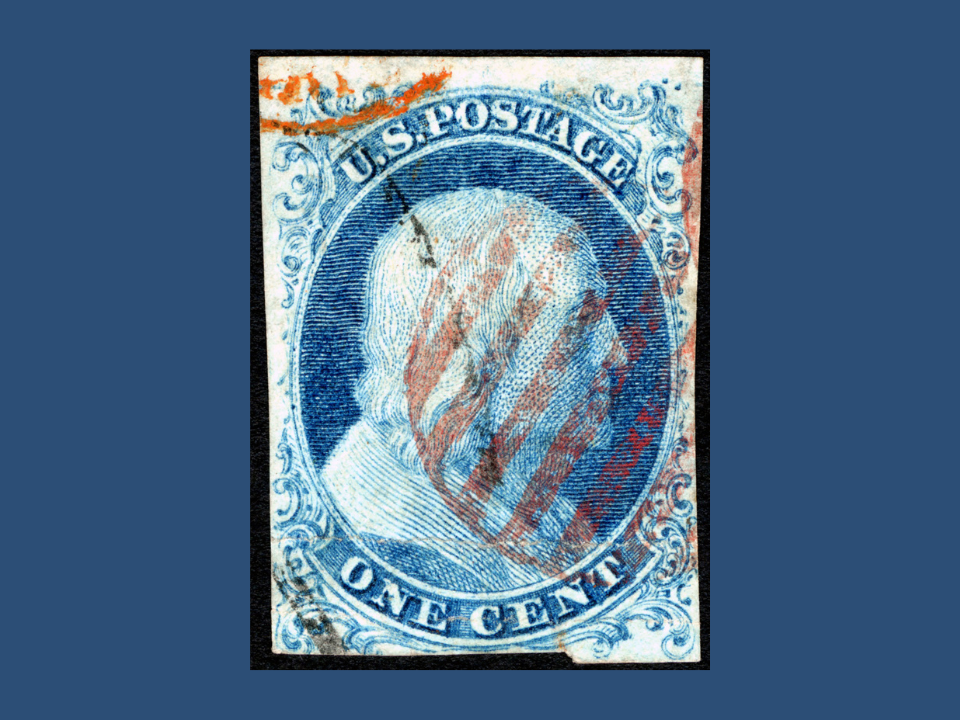
The 1851 “One-Cent Blue” Franklin stamp is an early U.S. stamp that features a portrait of Benjamin Franklin. It was the first U.S. stamp to feature a famous historical figure, and its blue color set it apart from earlier designs. The stamp is rare due to its limited print run and the fact that few examples remain in good condition.
In 2011, a well-preserved example of the One-Cent Blue Franklin was sold for $275,000. Its historical significance and limited availability make it a highly prized item in U.S. philately.
This article originally appeared on Avocadu.
